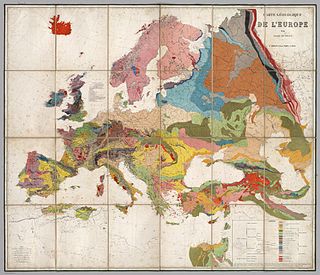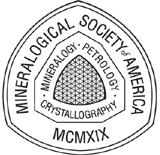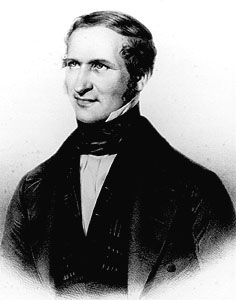| Ernst Weinschenk | |
|---|---|
 University of Munich, 1909 | |
| Scientific career | |
| Fields | Mineralogy, Petrography |
Ernst Heinrich Oskar Kasimir Weinschenk (6 April 1865, Esslingen am Neckar – 26 March 1921, Munich) was a German mineralogist and petrologist.

Esslingen am Neckar is a city in the Stuttgart Region of Baden-Württemberg in southern Germany, seat of the District of Esslingen as well as the largest city in the district.

Munich is the capital and most populous city of Bavaria, the second most populous German federal state. With a population of around 1.5 million, it is the third-largest city in Germany, after Berlin and Hamburg, as well as the 12th-largest city in the European Union. The city's metropolitan region is home to 6 million people. Straddling the banks of the River Isar north of the Bavarian Alps, it is the seat of the Bavarian administrative region of Upper Bavaria, while being the most densely populated municipality in Germany. Munich is the second-largest city in the Bavarian dialect area, after the Austrian capital of Vienna.
He served as a professor at the "Technische Hochschule" in Munich (1897–1921) and at the University of Munich (from 1900). His scientific research included mineralogical analysis of meteorites, and studies of contact-metamorphic mineralization in the Alpine region of central Europe. He also conducted investigations on the origin of the sulfidic ore deposit at Silberberg in the Bavarian Forest, as well as the genesis of graphite deposits near Passau. Through the use of polarizing microscopy and thin sectioning, he determined numerous new minerals. [1]

Metamorphic rocks arise from the transformation of existing rock types, in a process called metamorphism, which means "change in form". The original rock (protolith) is subjected to heat and pressure, causing profound physical or chemical change. The protolith may be a sedimentary, igneous, or existing metamorphic rock.

Sulfide (British English sulphide) is an inorganic anion of sulfur with the chemical formula S2− or a compound containing one or more S2− ions. Solutions of sulfide salts are corrosive. Sulfide also refers to chemical compounds large families of inorganic and organic compounds, e.g. lead sulfide and dimethyl sulfide. Hydrogen sulfide (H2S) and bisulfide (SH-) are the conjugate acids of sulfide.

Silberberg is a mountain of Bavarian Forest, Bavaria, Germany.







